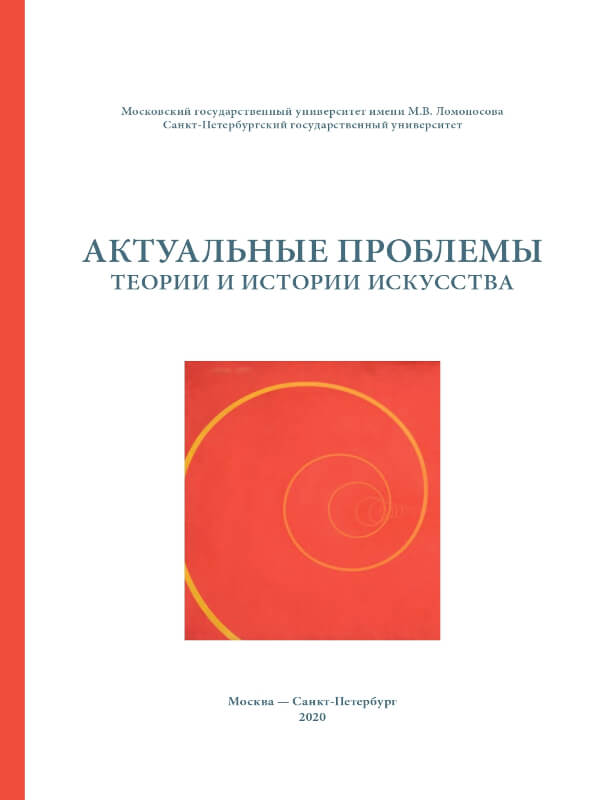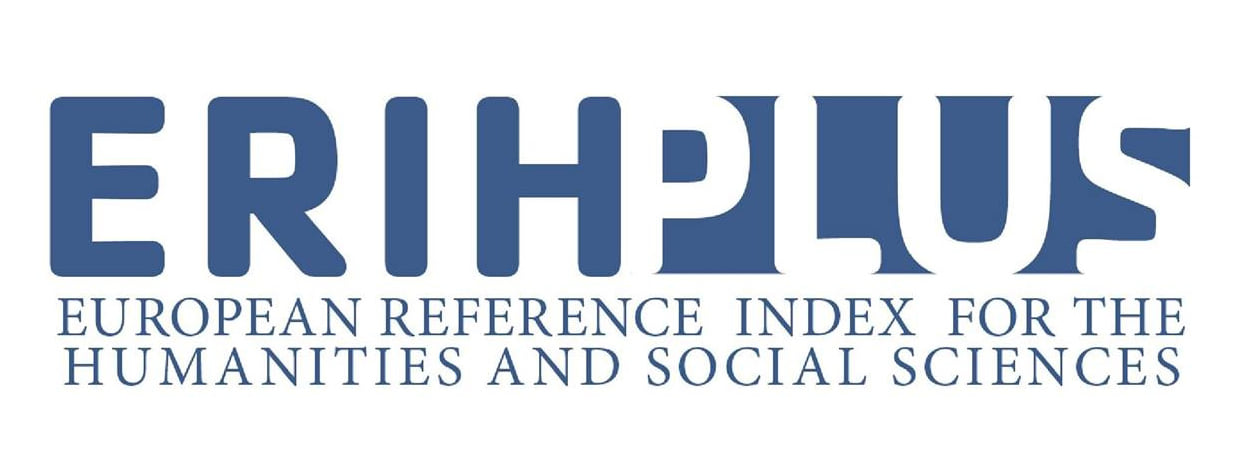Ferdinando Fuga and Nicola Salvi: “Contro il Barocco” Architecture and the Threshold of Neoclassicism in the Italian Architecture in the First Half of the 18th Century
DOI:
https://doi.org/10.18688/aa200-1-12Keywords:
Neoclassicism, Italian architecture, Trevi Fountain, Fuga, Salvi, basilica, sacral architecture, 18th centuryAbstract
Italian scientists in the works related to the architecture of the 18th century, deny the presence of buildings made directly in the neoclassical style in Italy up to the turn of the 18th‑19th centuries. However, the existing terms are trying to separate the architecture of the 18th century from the previous 17th century leaving it, nevertheless, within the Baroque line. The prominent representatives of this crucial period were the architects Ferdinando Fuga and Nicola Salvi. Their projects for the most important Roman competitions of 1732 (the facade of the Basilica San Giovanni in Laterano and the Trevi Fountain) vividly show the irreconcilable differences between the fading Baroque and the emerging neoclassical style, which these masters managed to combine completely individually according to their own attitude not only to architecture, but also to the era. Similar processes are manifested in realized building projects of the masters, particularly in the sacral architecture. However, it was the architecture of Nicola Salvi that was absorbed and understood by the contemporaries ready to perceive the emotionality of the Baroque. At the same time, it is the art of Ferdinando Fuga that exemplifies the architecture of the transition from Baroque to neoclassical intentions.
References
Argan G. C. Il Neoclassicismo. Catalogo a cura di Fagiolo dell’Arco M. Roma, Bulzoni Publ., 1968. 95 p. (in Italian).
Battistuzzi P. (ed.). Architettura del Settecento a Roma. Nei Disegni della Raccolta Grafica Comunale. Roma, Carte segrete Publ., 1991. 141 p. (in Italian).
Bianchi L. Disegni di Ferdinando Fuga e di altri architetti del Settecento. Roma, Gabinetto Nazionale delle Stampe Publ., 1955. 153 p. (in Italian).
Christipher M. S. J. Clement XI and Santa Maria Maggiore in the Early 18th Century. Journal of the Society of Architectural Historians. California, University of California Press Publ., 2014, vol. 45, no. 3, pp. 286–293.
Cordaro M. (ed.). Ferdinando Fuga e l’architettura romana del Settecento. Roma, Multigrafica editrice Publ., 1998. 325 p. (in Italian).
Curcio G.; Kieven E. (eds.). Storia dell’architettura italiana. Il Settecento, vols. 1, 2. Milano, Electa Publ., 2000. 736 p. (in Italian).
De Seta C. Roma. Cinque secoli di vedute. Napoli, Electa Napoli Publ., 2006. 327 p. (in Italian).
Debenedetti E. L’architettura neoclassica. Roma, Bagatto Libri Publ., 2003. 382 p. (in Italian).
Fralleoni B. Poetica dell’Arcadia nell’opera di Nicola Salvi. Studi romani. Roma, Istituto nazionale di studi romani Publ., 2006, no. 3–4, pp. 383–397 (in Italian).
Gambardella A. Ferdinando Fuga 1699–1999. Roma, Napoli, Palermo. Roma, Edizioni scientifiche italiane Publ., 2001. 365 p. (in Italian).
Giordano P. Ferdinando Fuga a Napoli. L’Albergo dei Poveri, il Cimitero delle 366 fosse, I Granili. Napoli, Edizioni del Grifo Publ., 1997. 151 p. (in Italian).
Giotta G. (ed.). Vitruvio nella cultura antica, medieval e moderna, vol. 2. Genova, De Ferrari Publ., 2001. 695 p. (in Italian).
Kieven E. Von Bernini bis Piranesi. Römische Architekturzeichnungen des Barock. Stuttgart, Hatje Publ., 1993. 285 p. (in German).
Matthiae G. Ferdinando Fuga e la sua opera romana. Roma, Fratelli Palombi Editori Publ., 1952. 72 p. (in Italian).
Morpurgo-Tagliabue G. Il Gusto nell’estetica del Settecento. Roma, Centro Internazionale Studi di Estetica Publ., 2002. 99 p. (in Italian).
Pane R. Ferdinando Fuga. Napoli, Edizioni scientifiche italiane Publ., 1956. 130 p. (in Italian).
Panza P. Antichita e restauro nell’Italia del Settecento. Milano, Editta Gelsomini Publ., 1990, 278 p. (in Italian).
Pinto J.; Kieven E. An Early Project by Ferdinando Fuga for the Trevi Fountain in Rome. The Burlington Magazine, 1983, vol. 125, pp. 746–750.
Rabreau D. Architectural Drawings of the Eighteenth Century. Paris, Bibliotheque de l’Imagine Publ., 2001. 97 p.
Sansieva A. Traditions of the Renaissance in Italian Architecture of Neo-Сlassicism in the Second Half of the 18th Century. Actual Problems of Theory and History of Art: Collection of Articles, vol. 6. Zakharova A. V.; Maltseva S. V.; Stanyukovich-Denisova E. Yu. (eds.). St. Petersburg, NP-Print Publ., 2016, pp. 500–507. Available: http://dx.doi.org/10.18688/aa166-6-53 (accessed 01 May 2019).
Schiavo A. La fontana di Trevi e le altre opere di Nicola Salvi. Roma, Istituto Poligrafico dello Stato Publ., 1956. 271 p. (in Italian).
Summerson J. Architettura del Settecento. Milano, Rusconi Publ., 1999. 176 p. (in Italian).


